 | ||
No2 radio school west camp raf yatesbury
RAF Yatesbury is a former Royal Air Force airfield near the village of Yatesbury, Wiltshire, England, about 4 miles (6 km) east of the town of Calne. It was an important training establishment in the First and Second World Wars, and until its closure in 1965. For a time in the 1950s, part of the site became RAF Cherhill.
Contents
- No2 radio school west camp raf yatesbury
- First World War
- Second World War
- Cold War
- Present
- In popular culture
- References
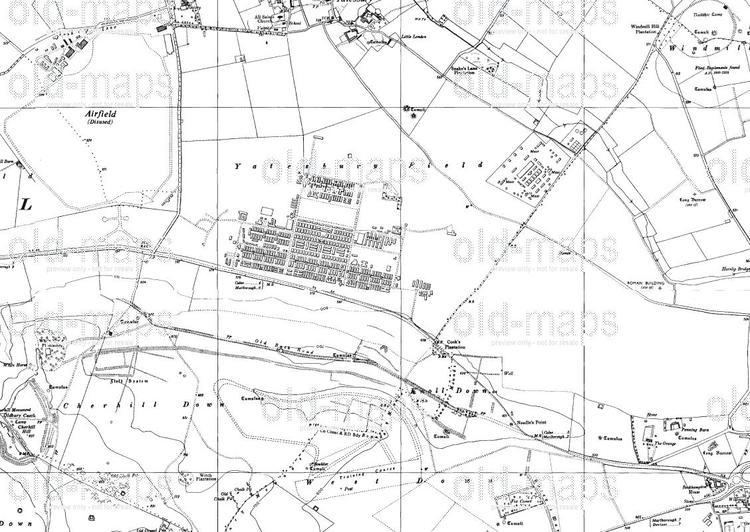
First World War
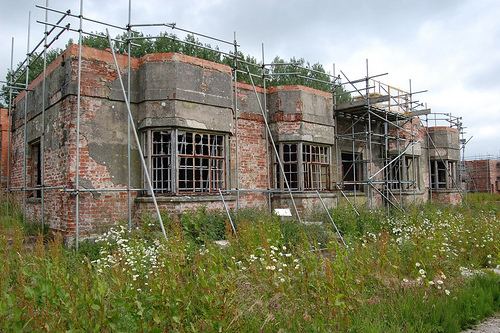
The Royal Flying Corps began pilot training at Yatesbury in 1916. Formations included No. 99 Squadron, and No. 7 and No. 8 squadrons of the Australian Flying Corps.
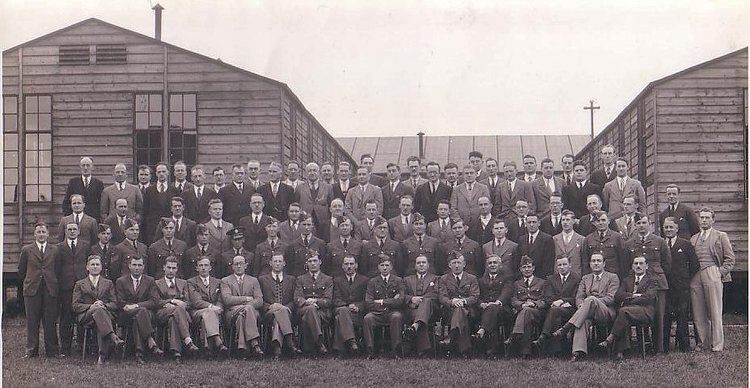
The aerodrome's site was farmland on the north side of the A4 road, south of Yatesbury village. There were two airfields, East Camp and West Camp, each with buildings and hangars; two target areas were marked out. Training continued until 1919, then squadrons were sent to Yatesbury to be disbanded. The station closed in 1920 and returned to farmland.
Second World War
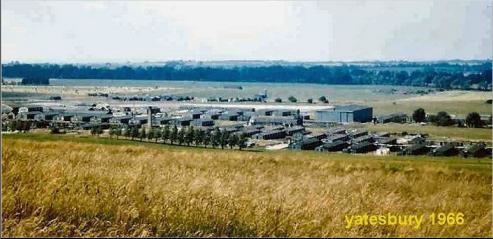
Part of the west site was operated from 1936 by the Bristol Aeroplane Company as a civilian flying school (No. 10 Elementary Reserve & Flying Training School) where trainees were prepared for service in the RAF or the Reserve, using Tiger Moth aircraft. In 1939 the whole site was taken over by the Air Ministry and pilot training was transferred elsewhere so that the station could be used (together with nearby RAF Compton Bassett) to train many airborne wireless operators and, from 1942, radar operators.
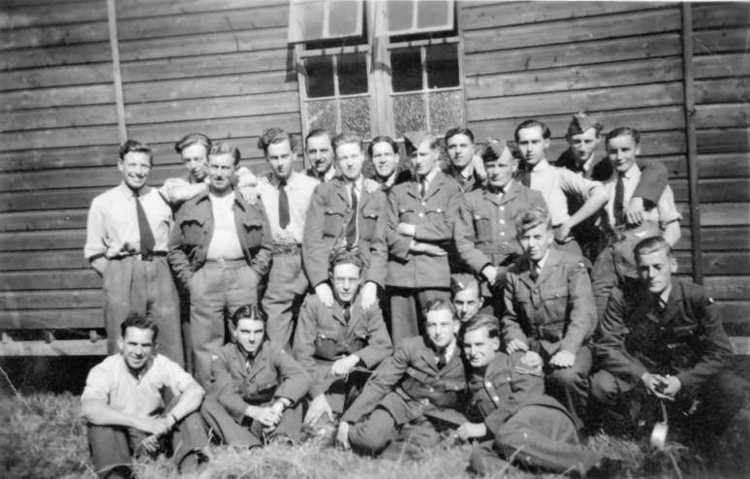
East Camp housed the No. 2 Electrical and Wireless School, later renamed No. 2 Radio School, where among the instructors was Arthur C. Clarke, later a science fiction author and inventor. Radar training was at No. 9 Radio School. After the war, flying training resumed from 1945 to 1947.
Cold War
During the Cold War in the 1950s, training of radar operators, mechanics and fitters continued at East Camp. From 1954 to 1958 the site became RAF Cherhill, 27 Group Headquarters, Technical Training Command.
Demand for training reduced after the winding-down of National Service from 1961, and the site closed in 1965, with the Radar and Wireless training school transferring to RAF Locking. In 1969 the wooden huts were demolished and the land returned again to farming, leaving only a number of brick-built buildings, including the Officers' Mess, the gymnasium and three hangars.
Present
Since 1987 the two groups of hangars built in 1916 have been Grade II* listed. In 1989 the former Officers' Mess and offices, built in 1936, were designated as Grade II. In 1998, North Wiltshire District Council designated Yatesbury Aerodrome as a Conservation Area.
The aircraft hangars and airfield, although now farmland, can still be seen from the A4. Proposals were made in 2004 and again in 2014 to develop the sites of the buildings for housing. By 2008 the three hangars were on the Heritage At Risk register. The condition of one deteriorated and permission was granted to demolish it in 2012; the other two remained At Risk in 2015.
The Wiltshire Microlight Centre uses part of the site.
In popular culture
The buildings, site and surrounding area were featured in the video to the 1988 No.1 hit song "Doctorin' the Tardis" by The Timelords, better known as The KLF.
